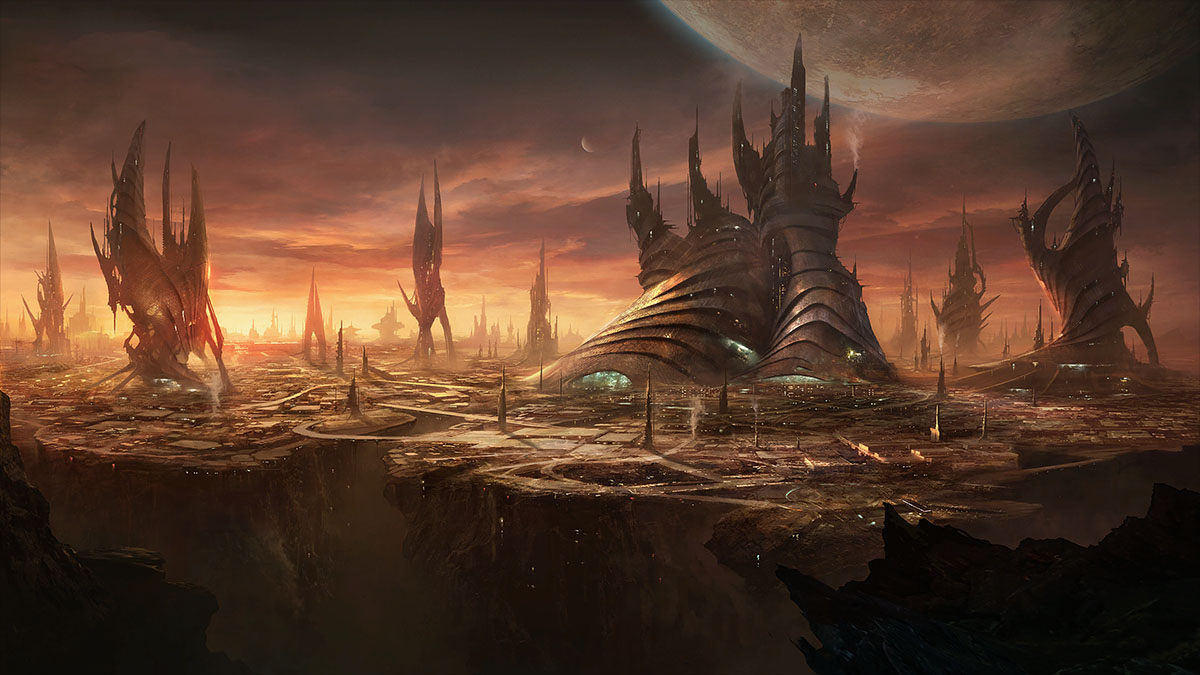why alien hunting isn’t just wishful thinking

In only a few decades, the idea of finding extraterrestrial life moved from a one in infinity chance to the driving force behind some of the most visible and well known space exploration and astronomy projects. The most common explanation we hear about why there’s so much excitement about looking for alien life is based on statistics. With a hundred billion galaxies out there, each with a trillion planets on average, there have to be a whole lot of environments where life is possible. But that number-based explanation is only half the story.
When we look at life as something that’s not a one in near-infinity event which happens only when conditions for are perfect, but as a series of persistent bio-chemical reactions, we can take a survey of our surroundings and note the immense amounts of raw ingredients for living things floating around stars and solar systems. There’s plenty of water as ice or locked up in minerals. Asteroids and comets are filled with amino acids and useful metals like iron, cobalt, copper and zinc. In young solar systems, these compounds rain down on new planets in vast quantities and when conditions are right, they can combine into new organisms. Applying the statistics mentioned above, it seems logical that life has many chances to spring up all over the universe.
Of course looking at life as some sort of interstellar virus that infects planets just doesn’t sit right with those of us who’d like to think of themselves as special enough to warrant the outmost attention of some supernatural being with immeasurable power. Then again, nature really couldn’t care less about our delusions of grandeur or whether we’ll ever fulfill our futuristic dreams. And realizing that we’re not the center of the universe and that life is just a function of complex chemistry is probably a good thing. It keeps us humble and lets us know that we have a lot left to learn about who we are, where we came from and there we’re going.





